Kanata 1992
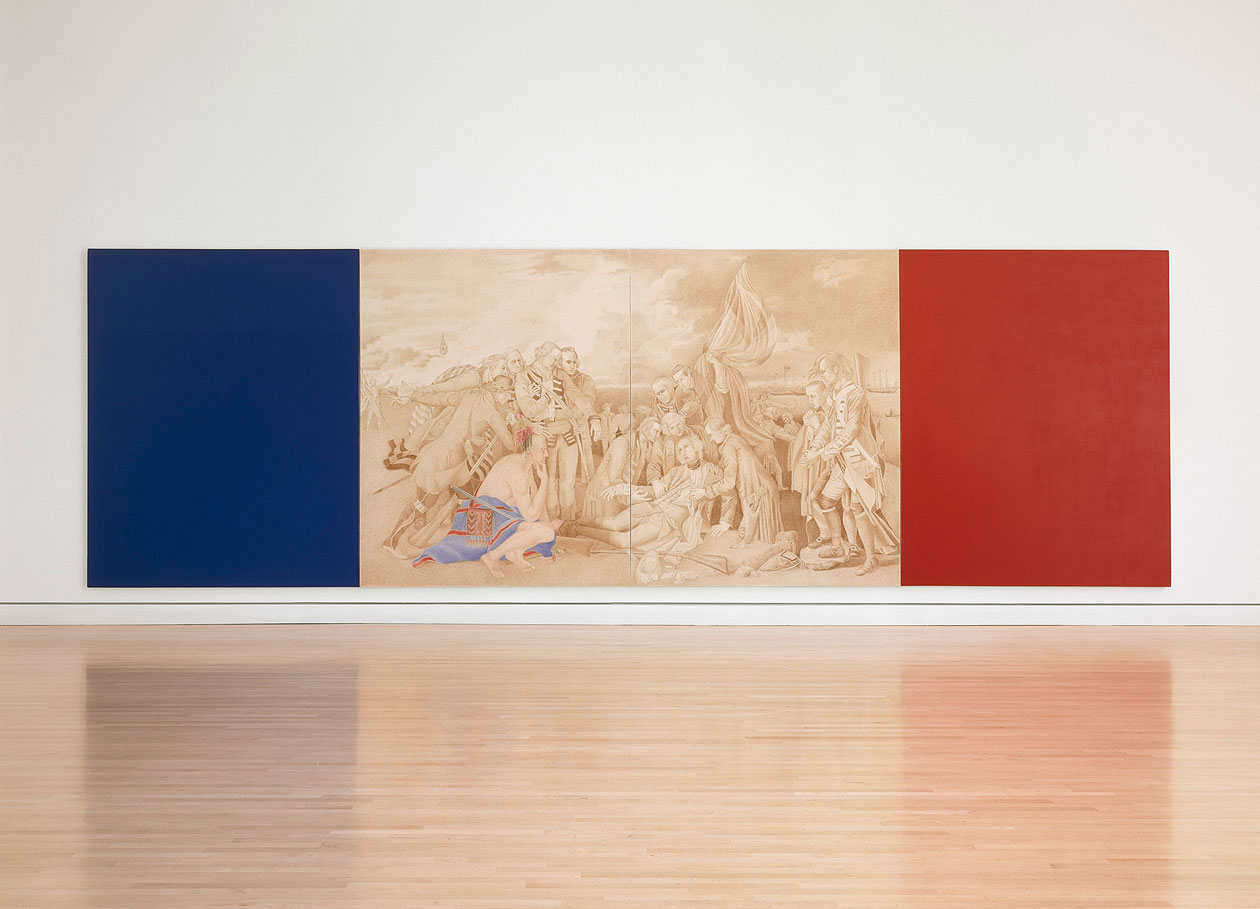
Robert Houle, Kanata, 1992
Acrylic and Conté crayon on canvas, 228.7 x 732 cm
National Gallery of Canada, Ottawa
Kanata is a signature work by Houle, marking an important investigation and inquiry into the place of First Nations peoples in the French and English histories of Canada. Houle had a dream about the work seven years before he painted it. Kanata is essential to an understanding of historical accuracy in the context of colonialism. Houle echoes what his grandfather used to say concerning colonization: “Jiishin gegoo wiiseg maa akiing, Nishnaabe waabdaan” (“If history is going to happen, our people will witness it”).
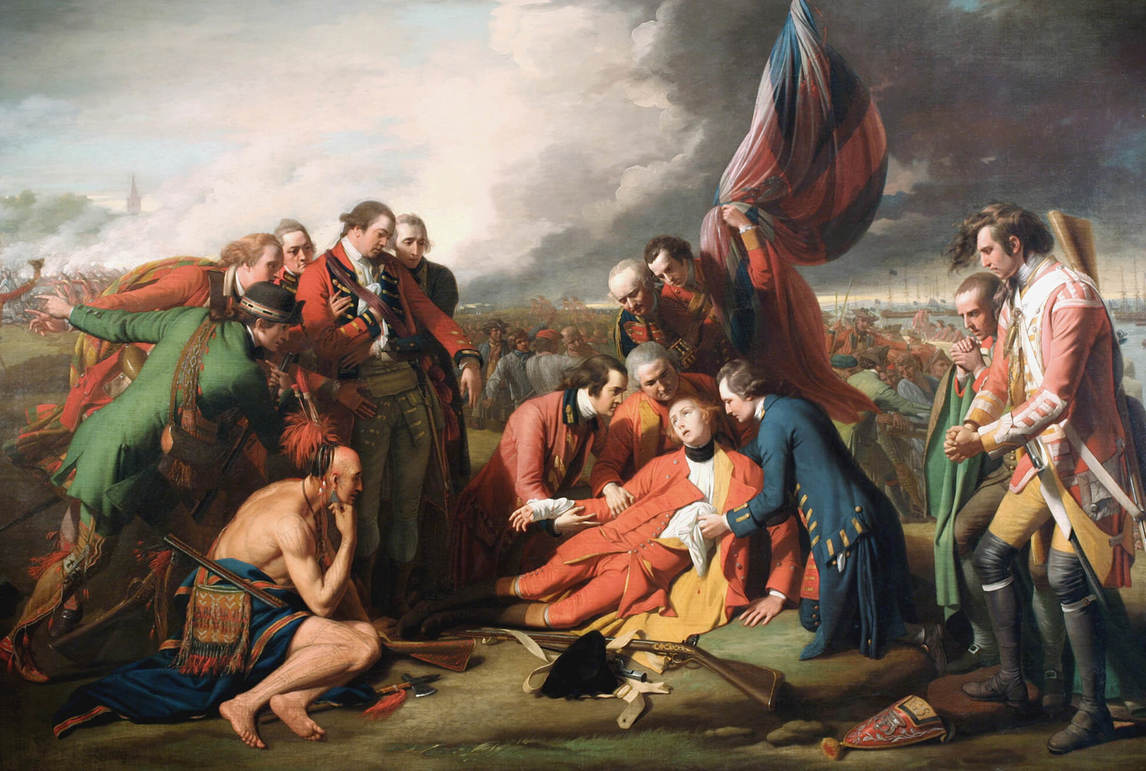
In this monumental painting, Houle appropriates a canonical image from a painting by Benjamin West (1738–1820), The Death of General Wolfe, 1770. Houle captured West’s painting digitally and, using sepia-coloured Conté crayon, copied the image, painting only the regalia of a lone Delaware warrior, in blue and red. The image is centrally located and flanked by a blue panel on the left and a red panel on the right, giving the work a geometric layout and playing with the modernist formalism that so influences the artist. Houle says of the image, “The Indian is in parentheses … surrounded by this gigantic red and this gigantic blue and is sandwiched in that environment, is surrounded. And that is reality because the English and the French are still the major players in the making of this history, history as it was.” Houle’s painting forces recognition of First Nations and addresses the historical inaccuracy of the idea that the founding nations of Canada are England and France.
West’s painting has been described as revolutionary, a watershed in the history of Western art. It depicts the death of the valiant British hero of the Seven Years’ War (1756–63), the battle that resulted in Britain’s success over France and her colonial subjects. The Delaware warrior is seen as a silent witness to the colonial struggle to found the Dominion of Canada. In Kanata, Houle challenges the authority and ability of non-Indigenous artists to represent Indigenous experiences. West was convinced of the truth in his details, though the eighteenth-century painting lacked historical accuracy. When an observer noted that the man in the foreground wasn’t wearing the moccasins all warriors wore into battle, West inserted them into subsequent versions of the work.
Houle later produced a series of works revisiting the image of West’s painting that were exhibited in Kanata: Robert Houle’s Histories at Carleton University Art Gallery, Ottawa, in 1993. The exhibition included a multimedia installation titled Contact/Content/Context, 1992, and two computer collage series: Lost Tribes Series, 1990–91, and Kanata Series, 1991. The works coincided with constitutional deliberations around the Meech Lake Accord. Canadian politician and chief of the Red Sucker Lake band (now Red Sucker Lake First Nation) Elijah Harper voted against the Accord in 1990 in the Manitoba Legislature, asserting Indigenous Canadians’ control over their destinies. The exhibition continued the polemics that began with Kanata.
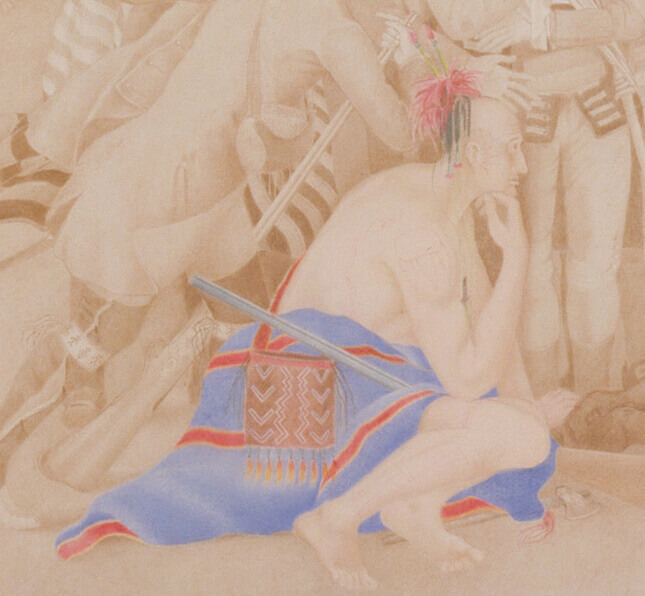


 About the Author
About the Author
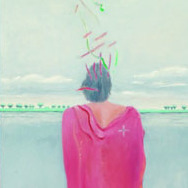 More Online Art Books
More Online Art Books
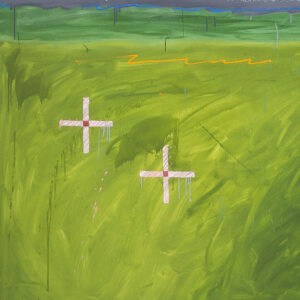 Acknowledgements
Acknowledgements